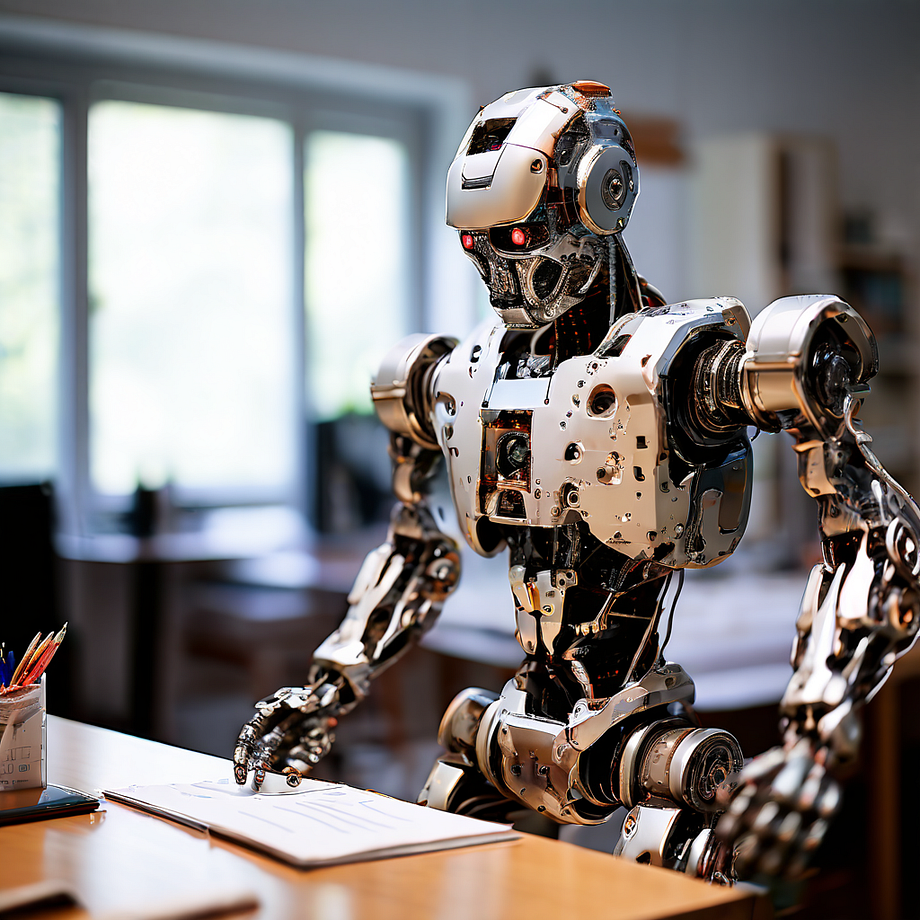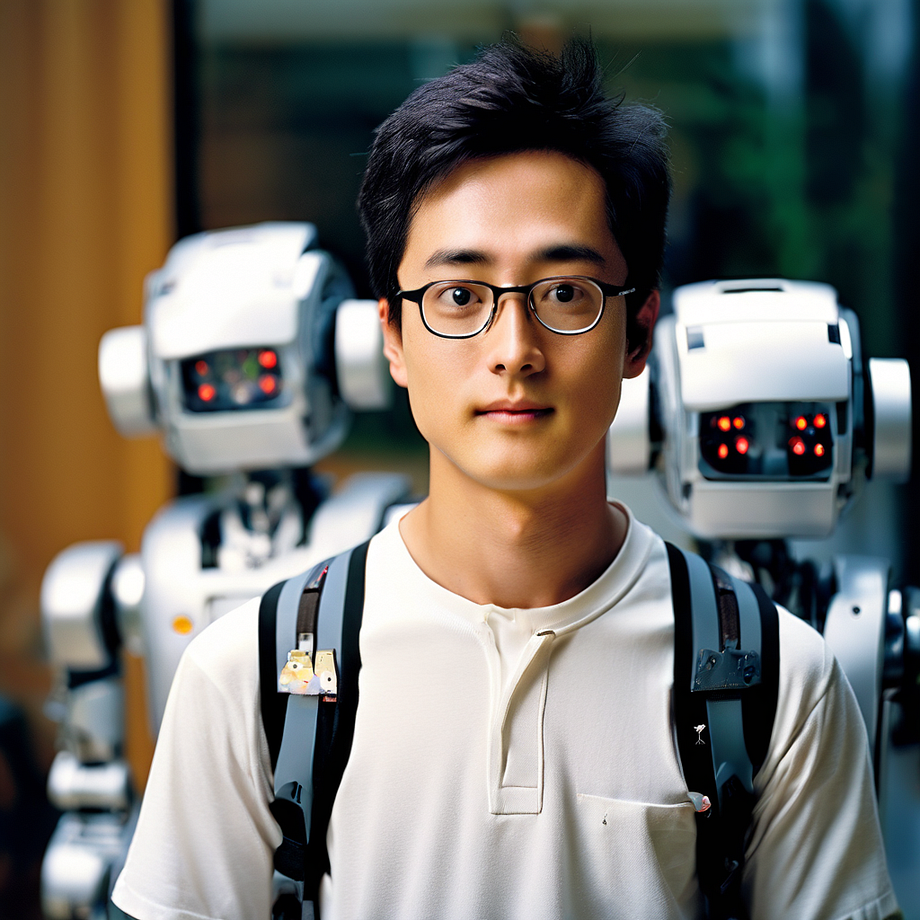MIT’s Revolutionary EES Algorithm: A New Era of Self-Training Robots
In a groundbreaking development, MIT researchers have introduced the “Estimate, Extrapolate, and Situate” (EES) algorithm, which empowers robots to train themselves, marking a significant advancement in robotics machine learning technology. This innovative approach could transform how robots operate in various environments, from homes to hospitals.

Understanding the EES Algorithm
The EES algorithm enables robots to independently practice and refine their skills, allowing them to adapt to new tasks and environments with minimal human intervention. By integrating large language models (AI), the algorithm helps robots logically break down tasks into subtasks and adjust to disruptions without restarting. This capability is crucial for household robots that may encounter unfamiliar objects or spaces.
Self-Training and Adaptation
One of the standout features of the EES algorithm is its ability to facilitate self-training. Robots can estimate their current state, extrapolate potential outcomes, and situate themselves within their environment to make informed decisions. This self-learning approach reduces the need for extensive programming and oversight, making robots more efficient and flexible.
Integration with Language Models
The integration of large language models (LLMs) is a key component of the EES algorithm. By connecting robot motion data with the “common sense knowledge” of LLMs, robots can automate the identification and sequencing of subtasks. This integration allows robots to move on from errors without restarting tasks, thus significantly enhancing their adaptability and efficiency.
Implications for the Future of Robotics
The EES algorithm’s development has far-reaching implications for the robotics industry. It could reduce deployment costs and increase the versatility of robotic systems across various sectors, including healthcare, manufacturing, and logistics. Additionally, this technology could accelerate the development of advanced home assistance robots, revolutionizing elder care and rehabilitation services by providing adaptable, multi-functional support.

In conclusion, MIT’s EES algorithm represents a significant step forward in creating autonomous, self-learning robots that are capable of adapting to diverse environments and tasks. This innovation holds the potential to transform industries and improve the quality of life by making robots more intelligent and versatile.
Comments
Post a Comment